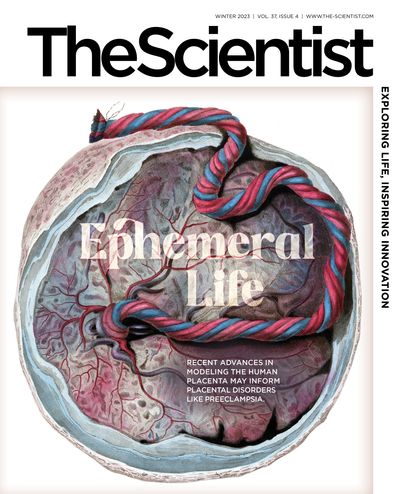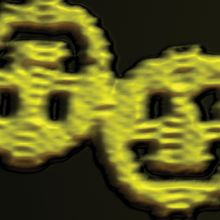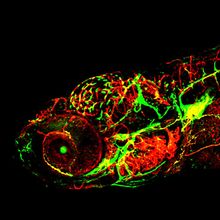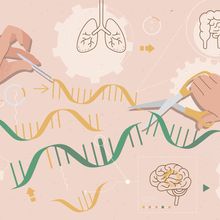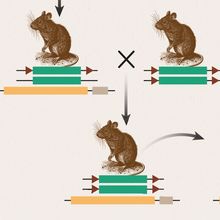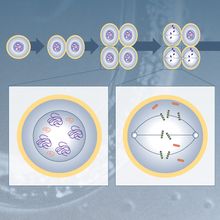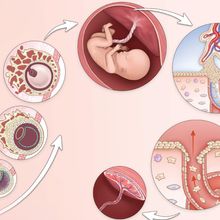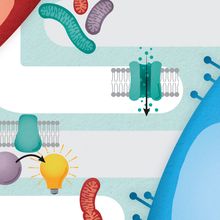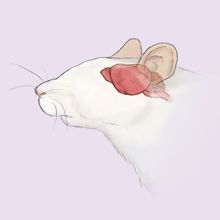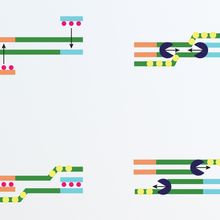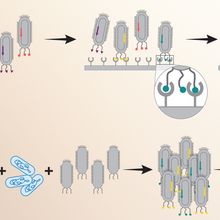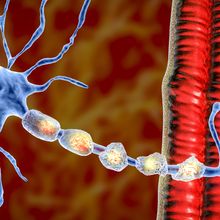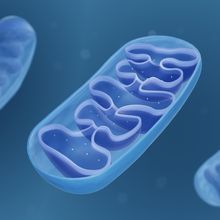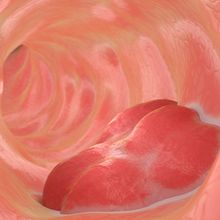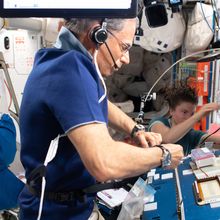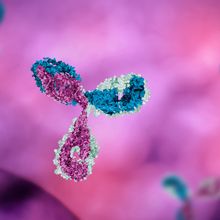Features

Downsizing DNA
Aparna Nathan, PhD | Dec 4, 2023 | 10 min read
Some species remove up to 90 percent of their genomes during development, but why or how this happens is still a mystery.
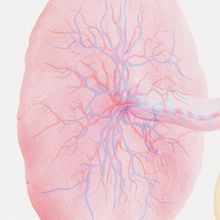
The Ephemeral Life of the Placenta
Danielle Gerhard, PhD | Dec 4, 2023 | 10+ min read
Recent advances in modeling the human placenta, the least understood organ, may inform placental disorders like preeclampsia.

Unraveling the Mystery of Zombie Genes
Iris Kulbatski, PhD | Oct 31, 2023 | 6 min read
Digging into how and why some genes are resurrected after death sounds morbid, but it has practical applications.
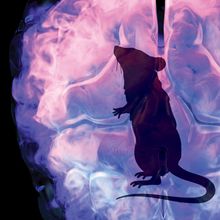
A Story of Mice and FIRE
Niamh McNamara, PhD and Veronique Miron, PhD | Dec 4, 2023 | 9 min read
Studying how microglia control myelin growth and prevent its degeneration helps scientists better understand and address neurodegenerative diseases.
Editorial
When Scientists Collaborate, Science Progresses
When Scientists Collaborate, Science Progresses
Behind every successful scientist, there is another scientist.
Speaking of Science
Cells and Organelles
Cells and Organelles
Put on your thinking cap, and take on this fun challenge.
Foundations
Coming Into the Fold: DNA Origami
Coming Into the Fold: DNA Origami
In 2006, Paul Rothemund transformed the field of DNA nanotechnology when he unveiled an innovative approach for making shapes and patterns from genetic material.
Serendipity, Happenstance, and Luck: The Making of a Molecular Tool
Serendipity, Happenstance, and Luck: The Making of a Molecular Tool
The common fluorescent marker GFP traveled a long road to take its popular place in molecular biology today.
The Cre-loxP System: A Powerful Tool in the Genetic Toolbox
The Cre-loxP System: A Powerful Tool in the Genetic Toolbox
Standing at the cornerstone of genetic research, Cre-loxP recombination serves as molecular scissors for precisely manipulating the genome.
Infographics
Infographic: The Cre-lox System Explained
Infographic: The Cre-lox System Explained
The Cre-lox recombination method orchestrates remarkable genetic manipulations that remain a gold standard for transgenic mice.
Infographic: Programmed DNA Elimination
Infographic: Programmed DNA Elimination
Removing parts of the genome is a key step in some species’ development.
Infographic: Early Placenta Development Sets the Stage
Infographic: Early Placenta Development Sets the Stage
During early pregnancy, the placenta remodels the uterine environment to support fetal growth
Infographic: Gene Activity in the Cellular Afterlife
Infographic: Gene Activity in the Cellular Afterlife
Low oxygen resuscitates gene transcription after death.
Infographic: Mitochondria, the Cellular Processors
Infographic: Mitochondria, the Cellular Processors
Following decades of being called “the powerhouse of the cell,” researchers recently proposed a new description that reflects the multifaceted roles of mitochondria.
Infographic: Microglia Influence Myelin Health
Infographic: Microglia Influence Myelin Health
In FIRE mice, the lack of microglia causes myelin overgrowth and eventual degeneration, indicating that microglia may contribute to age-related neurodegenerative diseases.
Infographic: Recombinase Polymerase Amplification in Action
Infographic: Recombinase Polymerase Amplification in Action
A rapid isothermal amplification technique enables pathogen identification and antibiotic resistance detection in low-resource settings.
Infographic: Phage Display Allows Rapid Screening of Millions of Peptides
Infographic: Phage Display Allows Rapid Screening of Millions of Peptides
A viral protein expression method links proteins and their coding instructions, enabling easier target identification for downstream analysis.
The Literature
Tracking Down Innate Immune Cells in Multiple Sclerosis
Tracking Down Innate Immune Cells in Multiple Sclerosis
A novel PET tracer targeting a receptor in myeloid cells can help monitor disease progression in a mouse model of multiple sclerosis.
Rebranding Mitochondria
Rebranding Mitochondria
As scientists realize the multifaceted role of mitochondria, some feel that the “powerhouse of the cell” analogy is out of date.
Biosensors for Colorectal Cancer
Biosensors for Colorectal Cancer
Engineered bacteria sound the alarm on a common oncogenic mutation.
Profiles
A Microbial Link to Parkinson’s Disease
A Microbial Link to Parkinson’s Disease
Haydeh Payami helped uncover the genetic basis of Parkinson’s disease. Now, she hopes to find new ways to treat the disease by studying the gut microbiome.
A Journey With Metabolism, Parasites, and Cancer
A Journey With Metabolism, Parasites, and Cancer
Piet Borst led stellar work on cell organelles, trypanosomes, and cancer drug resistance during the golden age of biology.
Making Standards Exceptional
Making Standards Exceptional
Samantha Maragh has taken on the difficult challenge of standardizing assays, data norms, and terminology in the ever evolving genome editing field.
Methods
Whenever, Wherever: Taking DNA Amplification Outside the Lab
Whenever, Wherever: Taking DNA Amplification Outside the Lab
Recombinase polymerase amplification lets researchers rapidly replicate DNA in the clinic, in the field, or even in the International Space Station.
Phage Display: Finding the One in a Million
Phage Display: Finding the One in a Million
A combinatorial approach enabled high-throughput screening of protein libraries for desired target binding.
